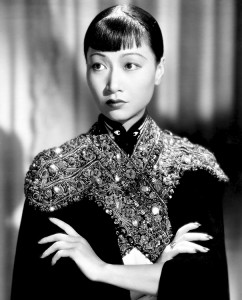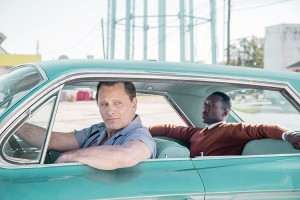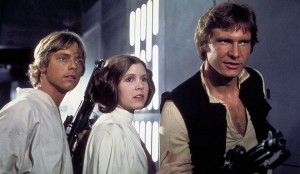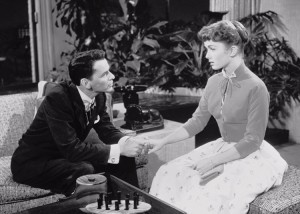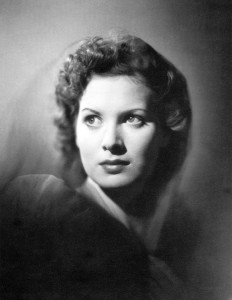Actor Spotlight: Tom Holland
Monday, October 2nd, 2023Tom Holland (1996-…) is a British theater and motion-picture actor known for his talent and versatility. He has appeared in dramas and action films. Holland is also known for his dance and acrobatic skills, performing many of his own stunts.
Thomas Stanley Holland was born on June 1, 1996, in Kingston upon Thames, England. He attended Donhead Preparatory School and Wimbledon College, both in London. In 2012, he began a two-year course of study at London’s BRIT School for performing arts and technology. Holland got his major break performing with a hip-hop dance class from the Nifty Feet Dance School. Lynne Page, who had helped choreograph the motion picture Billy Elliot (2000), was impressed by Holland and sent him to audition for a musical based on the film. Holland took two years of ballet in preparation for the role. In June 2008, he debuted as Michael in Billy Elliot the Musical. In September, Holland transitioned to the title role, which he played until May 2010. As a teenager, Holland gained critical attention in the motion picture dramas The Impossible (2012) and How I Live Now (2013).
Holland debuted as Peter Parker and his alter ego, the Marvel comic-book superhero Spider-Man, in Captain America: Civil War (2016). He continued the role in a series of Spider-Man movies, which began with Spider-Man: Homecoming (2017). He also played Spider-Man in other Marvel superhero movies of the 2010’s, including Avengers: Endgame (2019).
Holland has provided his voice for a number of animated features, including The Secret World of Arrietty (2010), Spies in Disguise (2019), and Dolittle and Onward (both 2020). He has played dramatic roles in such films as In The Heart of the Sea (2015), Edge of Winter and The Lost City of Z (both 2016), Pilgrimage (2017), and Cherry (2021). He also starred in the thriller The Devil All the Time (2020) and the science fiction adaptation Chaos Walking (2021).


